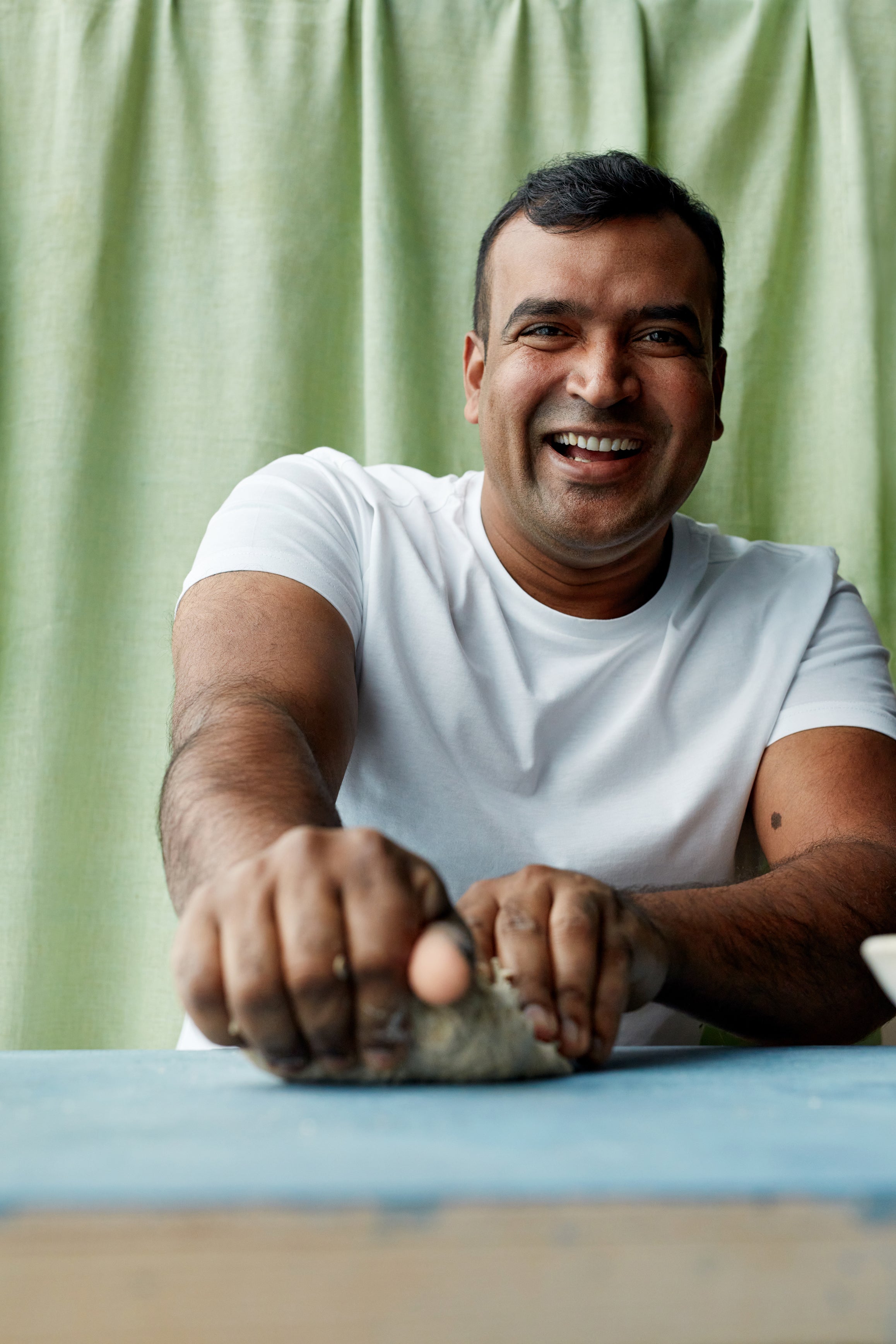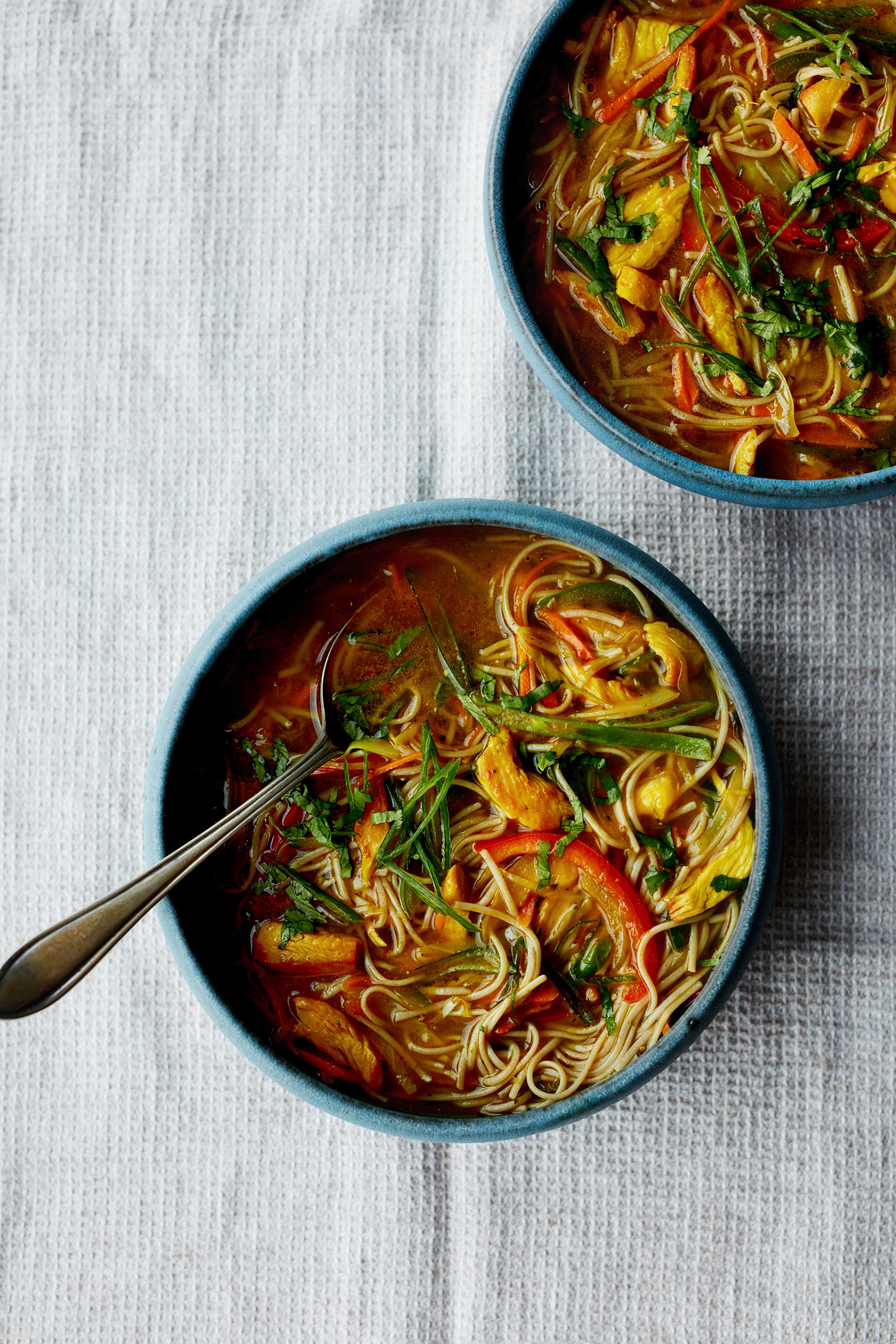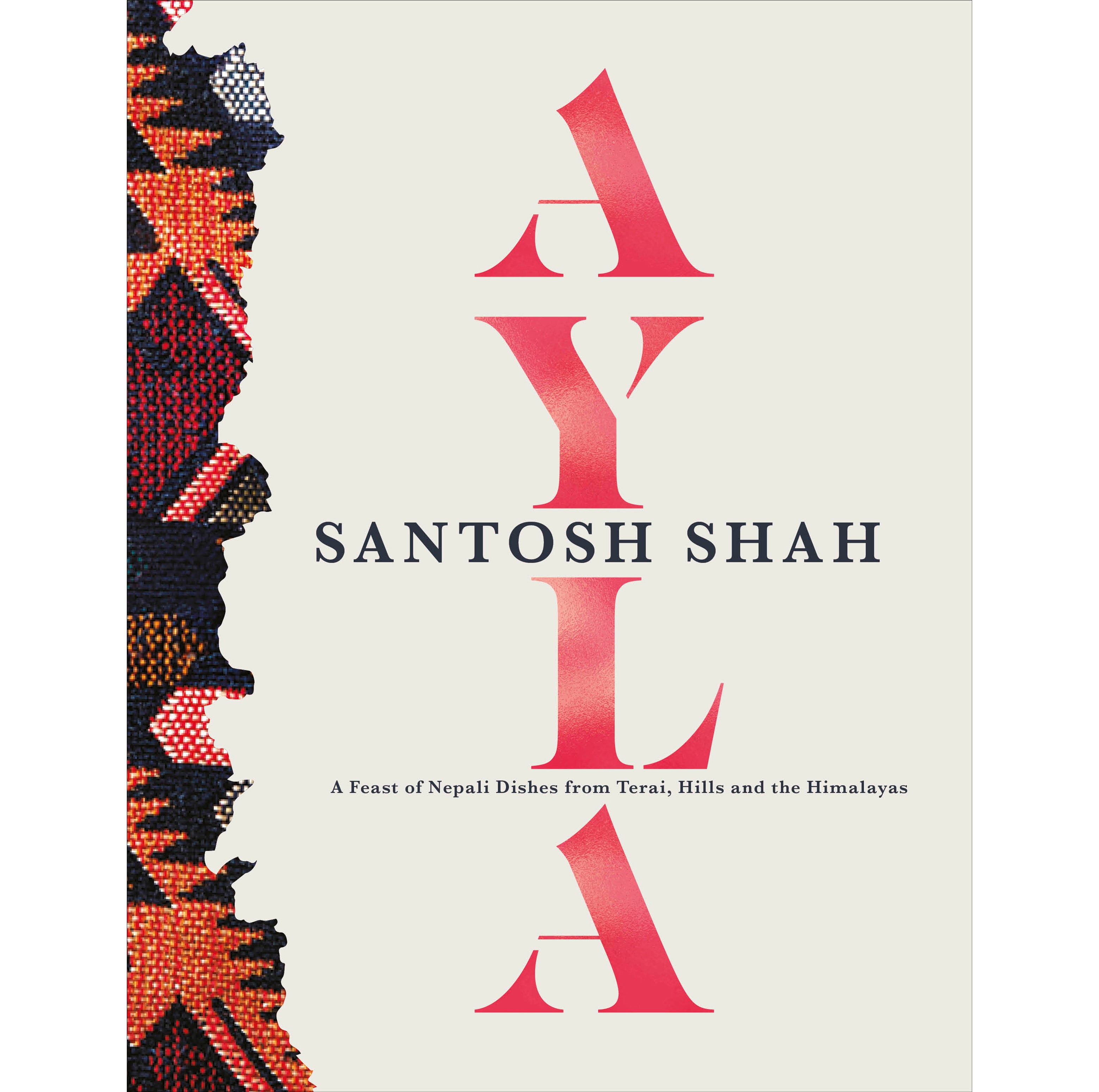Santosh Shah is on a mission to show the world how amazing Nepalese food can be
MasterChef: The Professionals fan favourite Santosh Shah is back with his debut cookbook. Lauren Taylor finds out all about it

Your support helps us to tell the story
From reproductive rights to climate change to Big Tech, The Independent is on the ground when the story is developing. Whether it's investigating the financials of Elon Musk's pro-Trump PAC or producing our latest documentary, 'The A Word', which shines a light on the American women fighting for reproductive rights, we know how important it is to parse out the facts from the messaging.
At such a critical moment in US history, we need reporters on the ground. Your donation allows us to keep sending journalists to speak to both sides of the story.
The Independent is trusted by Americans across the entire political spectrum. And unlike many other quality news outlets, we choose not to lock Americans out of our reporting and analysis with paywalls. We believe quality journalism should be available to everyone, paid for by those who can afford it.
Your support makes all the difference.For many viewers, it was Santosh Shah who first introduced them to fine dining Nepalese food on MasterChef: The Professionals 2020. But, despite being from Nepal, he had only recently discovered the food of his home country himself.
Having left his village of Karjanha and family at just 14 to move to India and work as a kitchen porter, he progressed to chef, and Indian food was what he cooked – and what he knew – for 20 years.
“Before I was calling [myself] an Indian chef,” Shah says. “What do you cook? Indian food. Where do you work? Indian restaurants. What kind of chef are you? I’m an Indian chef.”

But before his stint on BBC’s MasterChef, he started to research the cooking techniques and produce of Nepal, and the experience has been a real homecoming to the food he once cooked with his mother as a child.
“I was so amazed with the cooking and food we have … from the fermentation to pickling, the dumplings, the bread, high-altitude food, low-altitude food, fire cooking, lots of meat, lots of fish,” he says. “I’m thinking, why didn’t I do this before?
“Now, no, no more – everything Nepali. I’m a Nepali chef. What do you cook? Nepalese food.”
He’s on a mission to “contribute Nepalese food to the world” via his debut cookbook, Ayla, and plans to open a fine dining Nepali restaurant in London.
There’s a misunderstanding, he says, that Nepalese food is very similar to Indian, which borders three sides of the country. “It’s totally different. India is such a big country – even one state is bigger than Nepal,” he says, and if you’re a small country next to a big country, you’re always going to be subject to their stature.

Of course, some influence does come from its neighbours, which also include China (the Tibet region borders the north side of Nepal), Pakistan, Burma and Bhutan, Shah explains. But the secret is really in Nepal’s unique geography and biodiversity.
“Where I come from, the Siraha region, it would be 25C now, and if I travelled north 100km, it would be minus [temperatures]. So you can imagine, 100km from every part of Nepal, what food is growing, the vegetables, the meat, everything is changed.”
From the arid high altitudes of the Himalayas, to the band of rich green valleys and rivers, and the tropical grasslands of Terai in the south, the crops and livestock farmed are diverse. A largely Hindu country with at least 123 languages spoken, “every community has different food, different ingredients and a different way to make flavour”, Shah says.
But whether it’s street food (“a way of life in Nepal”) like kukhura ko momo (steamed chicken momo dumplings) or festival specialities like terai malpua ra rabri (syrupy pancakes with saffron creamy milk), you can be sure of the sophisticated use of spices.
What surprises a lot of people is, for a landlocked country, there is a huge fish cookery culture. “People say, ‘Do you really have a lot of fish?’ Yes we do – big fish, small fish, so tasty,” Shah says with a laugh. Water running down from the Himalayas means river fish are not only in abundance, but many species are indigenous to Nepal.
Rohu is the most famous, but the firm texture of monkfish makes a perfectly good substitute for home cooking in the UK, for Shah’s poleko machha ra jhol (spiced monkfish with sesame and tomato sauce) recipe, for example.
And while his book celebrates the wild boar, buffalo meat and jungle fowl that’s so crucial to Nepali cuisine, they can all be substituted for easier-to-source meats, he says.
Fermentation, pickling and sun-drying, meanwhile, are processes born out of necessity in Nepal. “Even in my village, 10 or 11 years ago, they didn’t have electricity, so we didn’t have a freezer to keep anything in,” Shah explains. It’s also important during monsoons, which can have a devastating effect on agriculture in the south. Gundruk, made using mustard leaves, is the country’s most famous preserve, and you’ll find it dotted through Shah’s recipes.
The MasterChef: Professionals finalist – who also won MasterChef: The Professionals Rematch Special in 2021 – has come a long way from his early childhood in Karjanha.
“When I was young, everybody had to cook at home. I’m from a very poor family background; we had one big room, there was a kitchen in a corner, in another corner there was a bed – like a studio flat here,” he says. But there was a lot of people in that one space – Shah is the youngest of seven siblings. “I have five brothers and two sisters; when everybody got married and left the village, my mother was there cooking and I was always next to her, [she’d say] ‘Cut this one, cut that one’.

“In Nepal, if you are poor then you have a vegetable garden. Rich people buy from the market, poor people grow their own. So we had everything in our garden. Whenever my mother was cooking, I would go and pick [vegetables] from the backyard, come into the kitchen and wash them with my mother,” he recalls.
After finishing school at 14, he didn’t have the money to go any further in education, heading for the bright lights of India instead. “I was amazed to see that big hotel, that many people working as chefs, the kitchen, everything,” Shah says.
After six months, he asked the head chef for a chance to cook and that’s when his culinary journey really took off – moving to the UK in 2011, where one of his first jobs was at Brasserie Blanc, owned by Raymond Blanc, before working at Michelin-starred Benares, becoming head chef at Cinnamon Kitchen and executive chef at the five-star LaLit Hotel in London.
“I love cooking. Apart from cooking, I don’t know anything,” he says, with that jolly laugh you can’t mistake.
‘Ayla: A Feast Of Nepali Dishes From Terai, Hills And The Himalayas’ by Santosh Shah (published by DK, £20), available now
Join our commenting forum
Join thought-provoking conversations, follow other Independent readers and see their replies
Comments